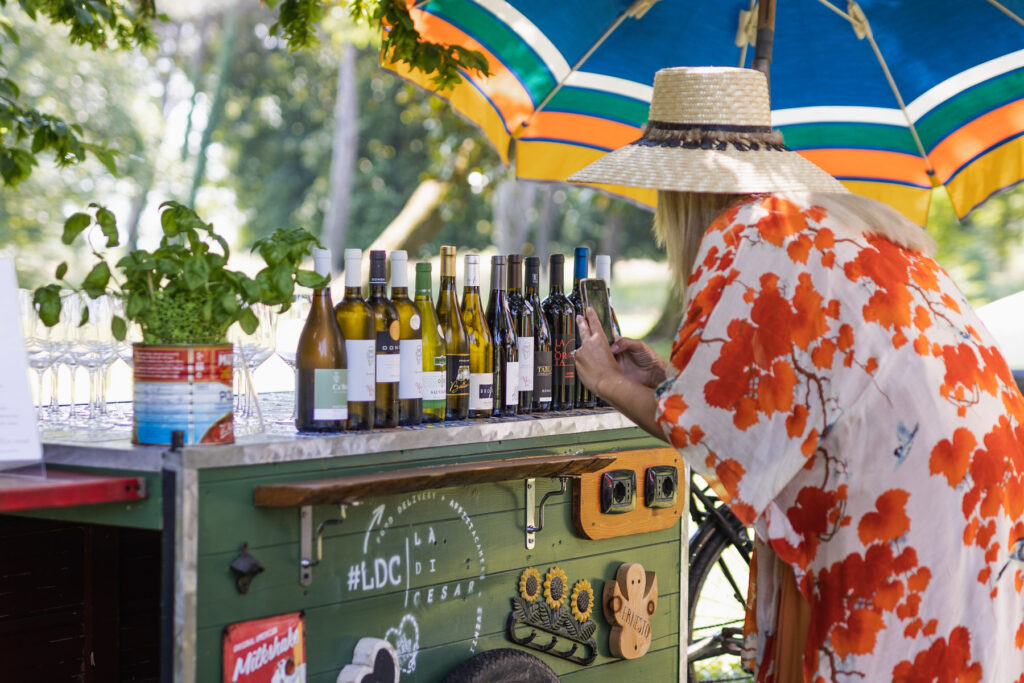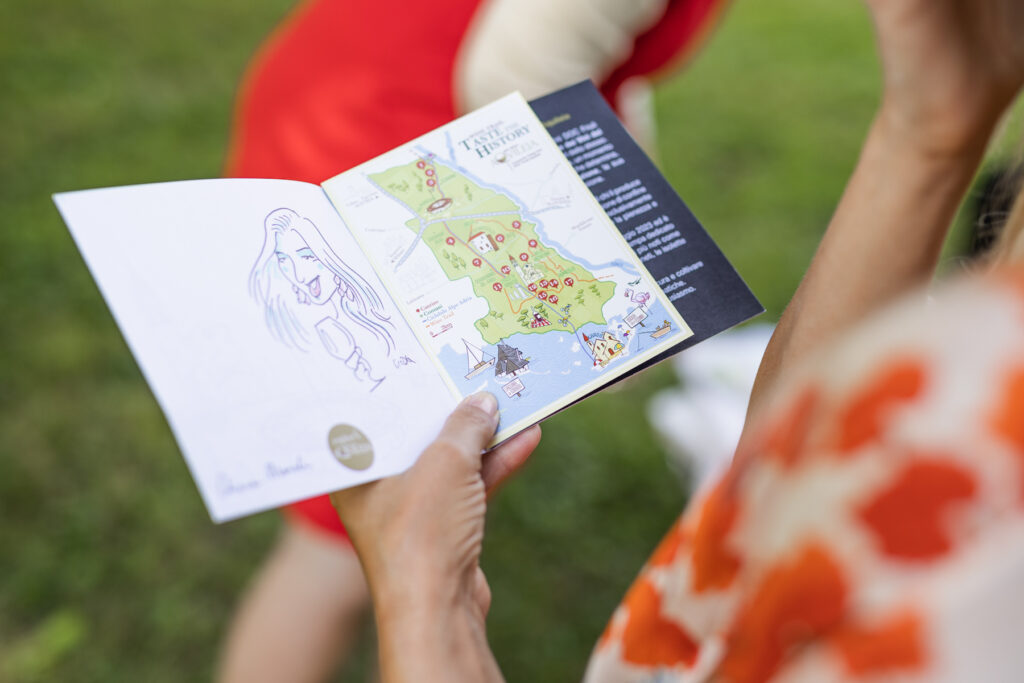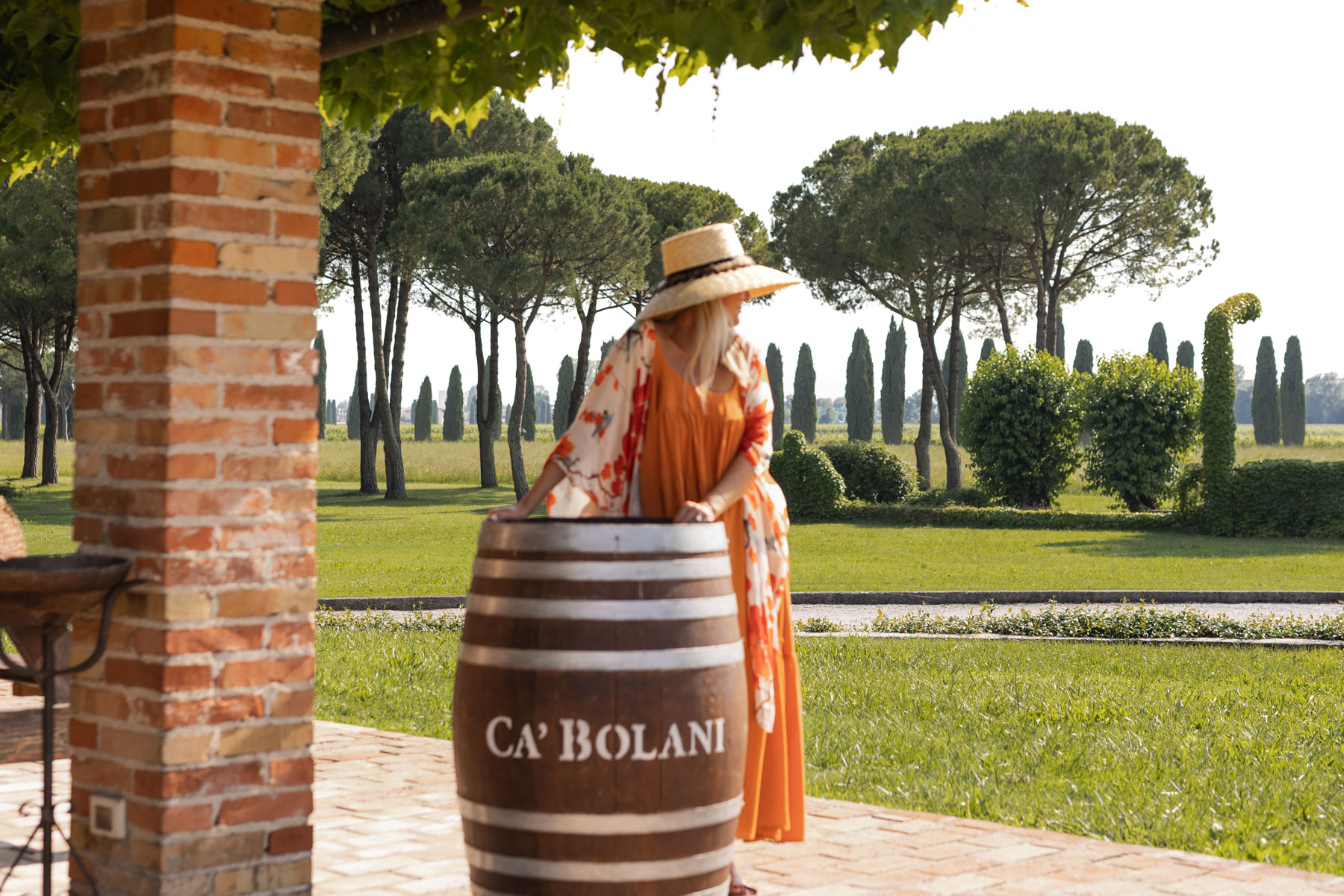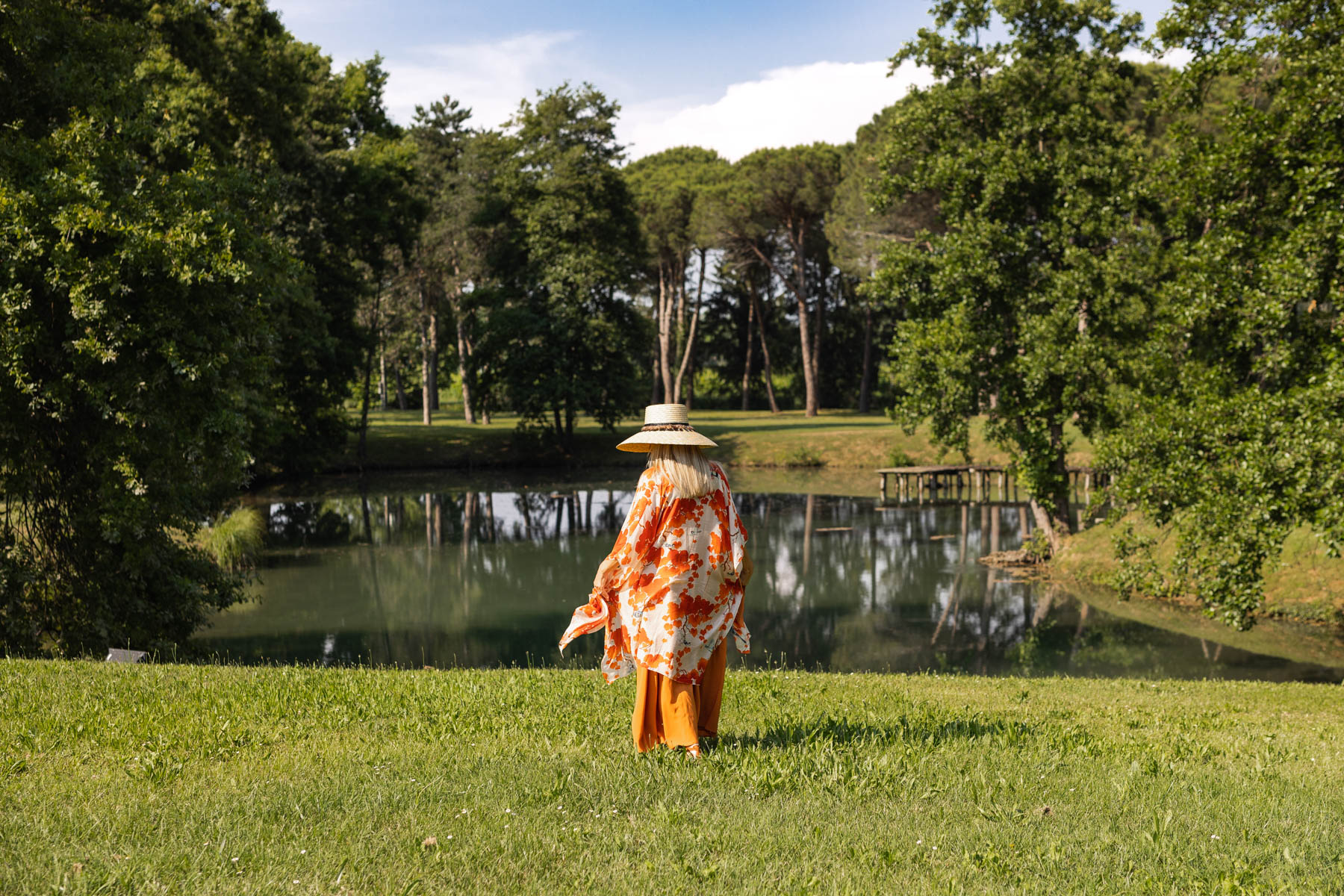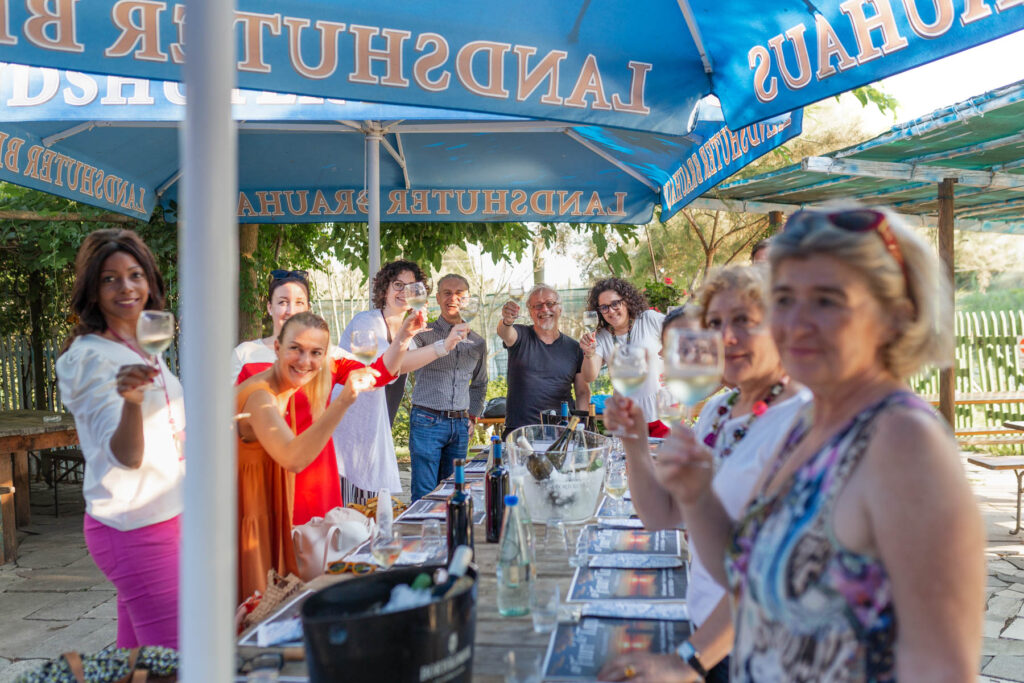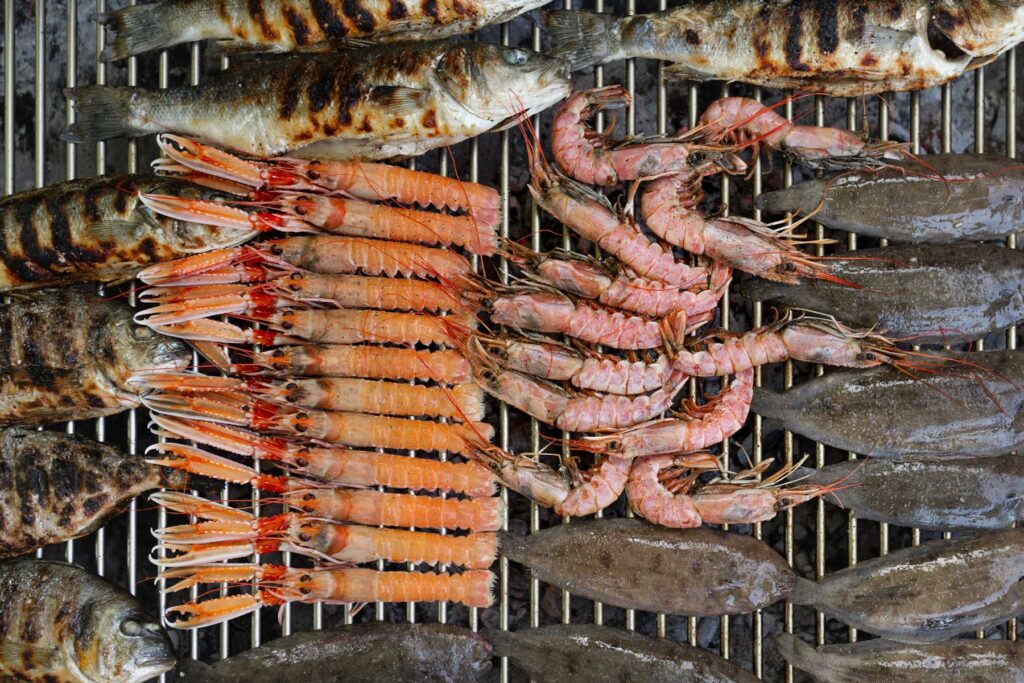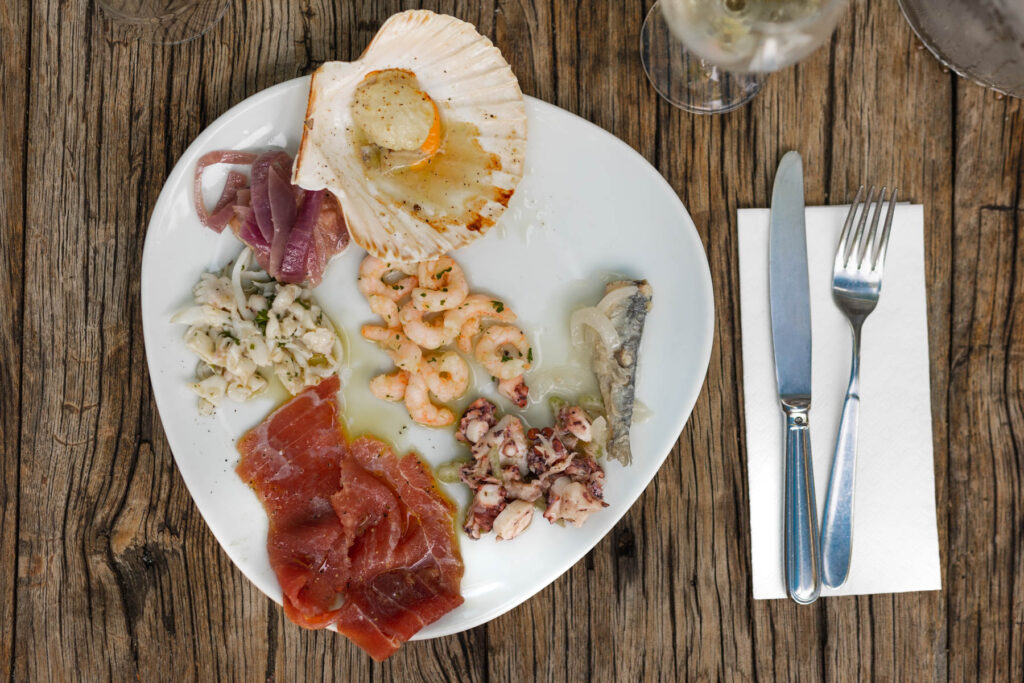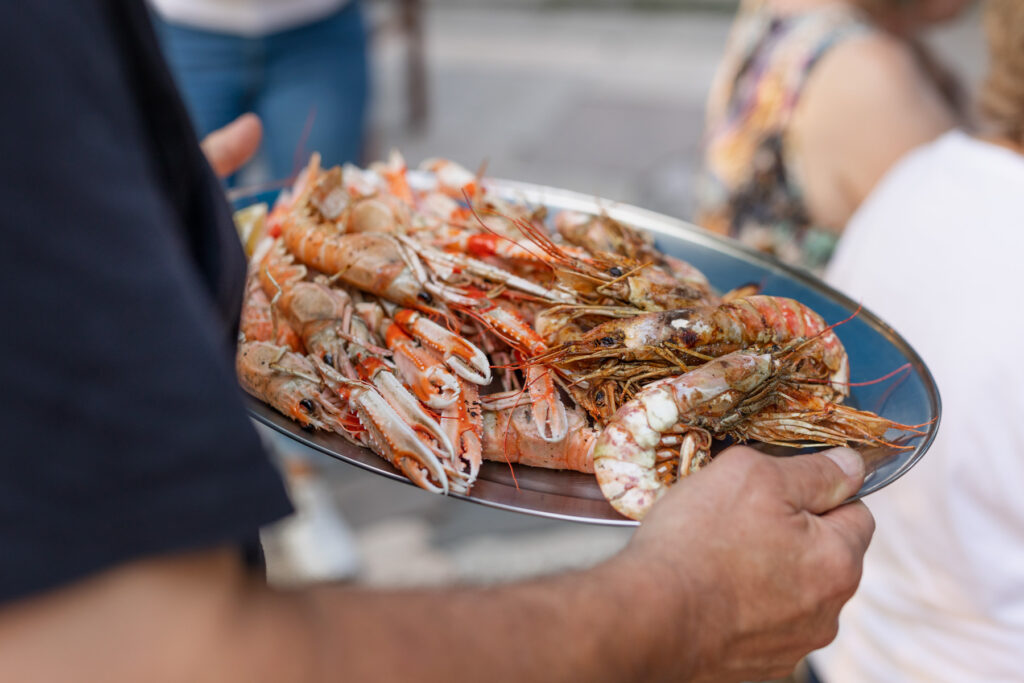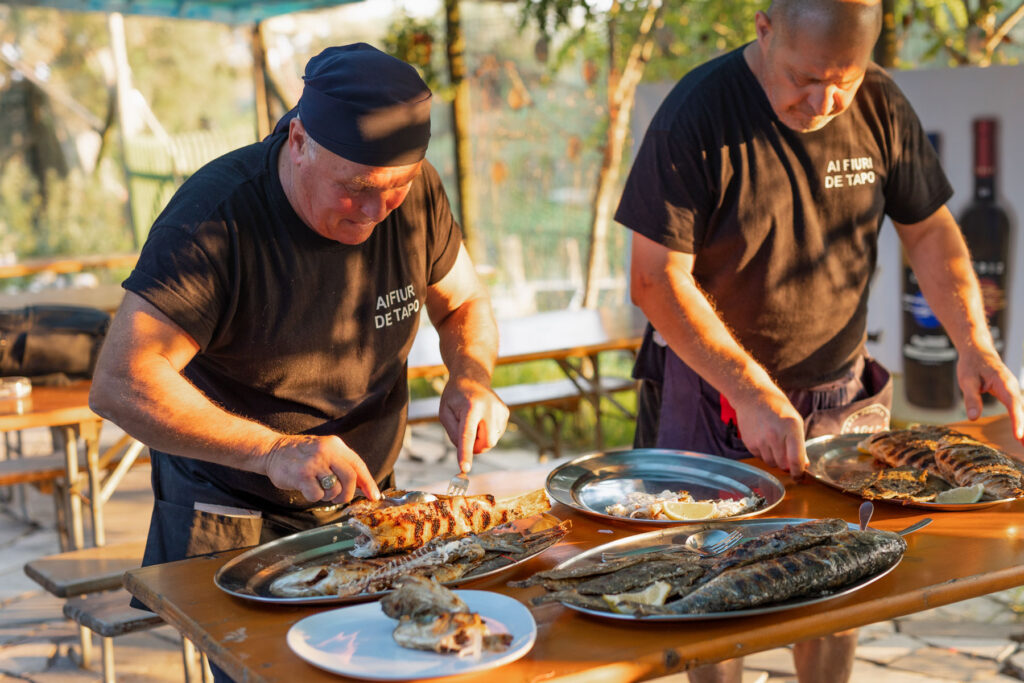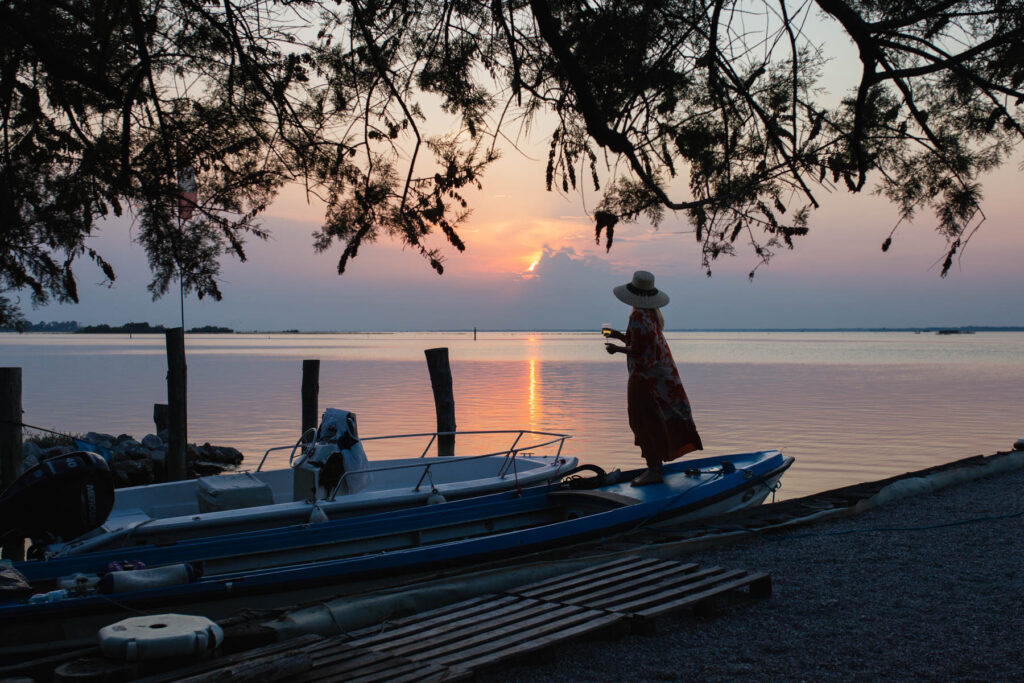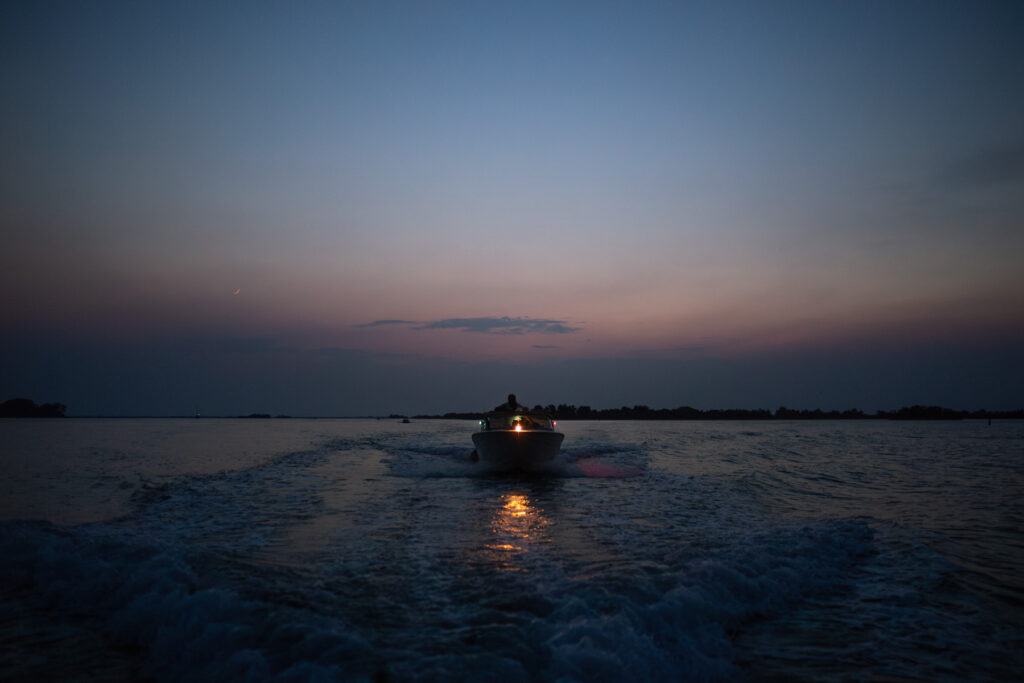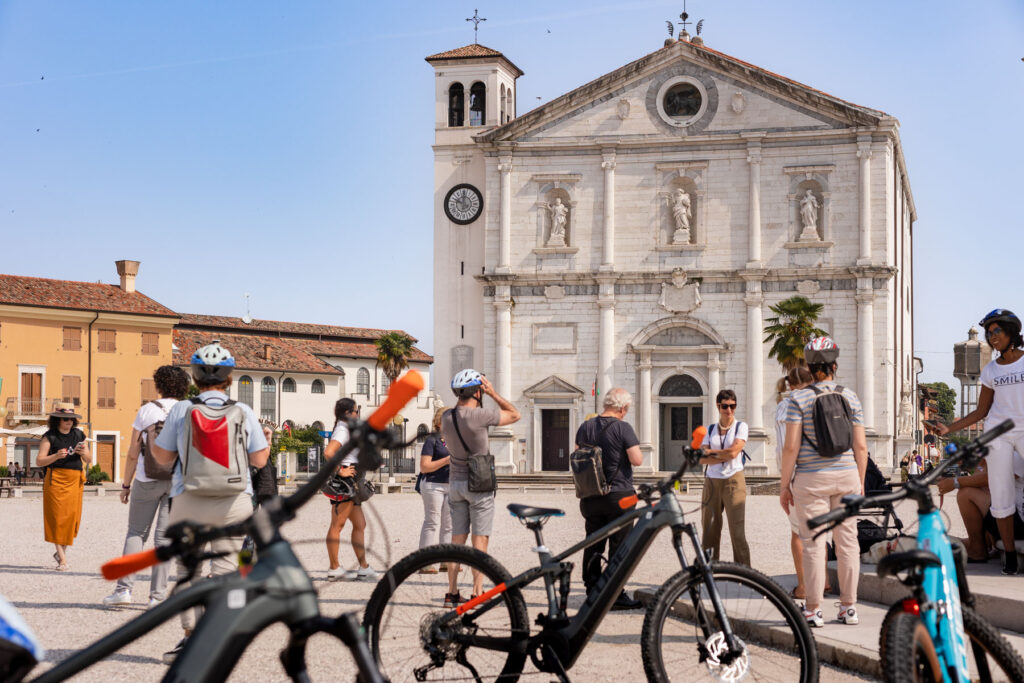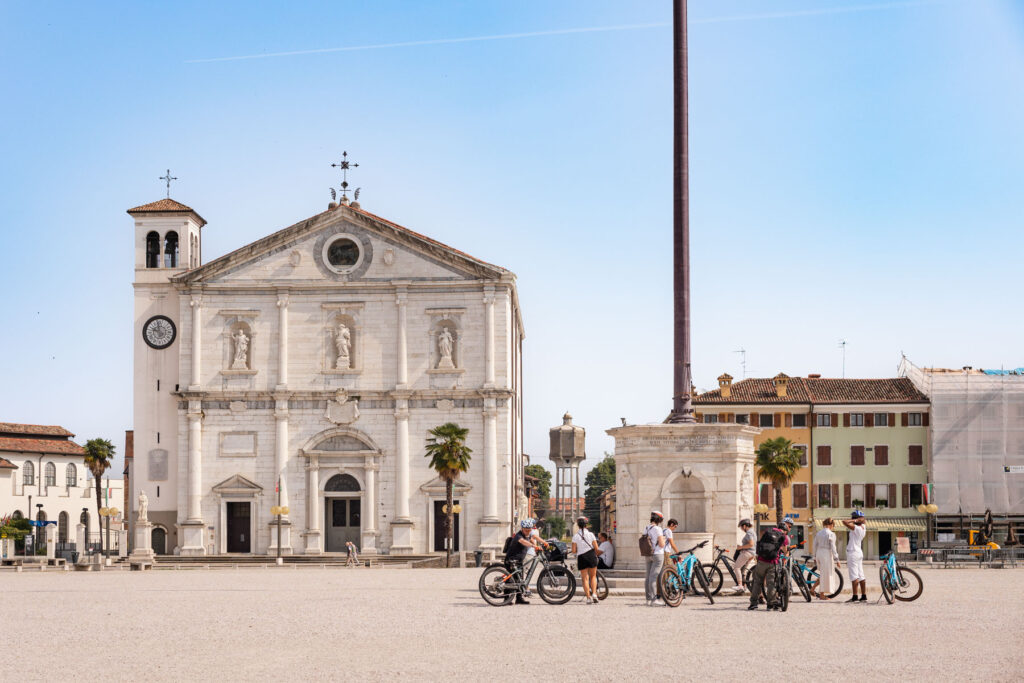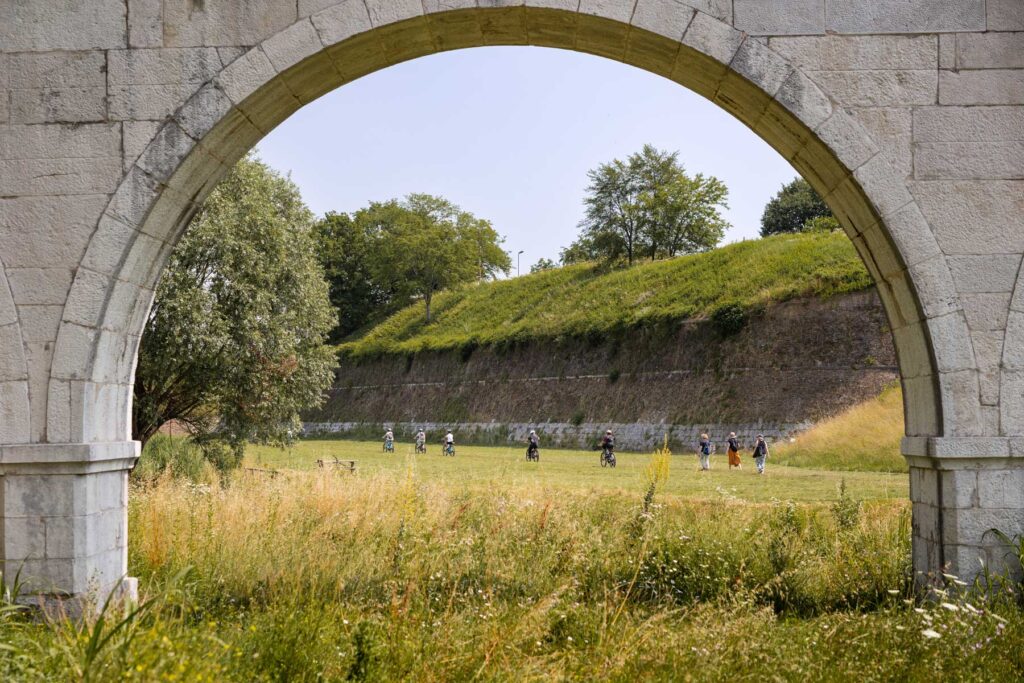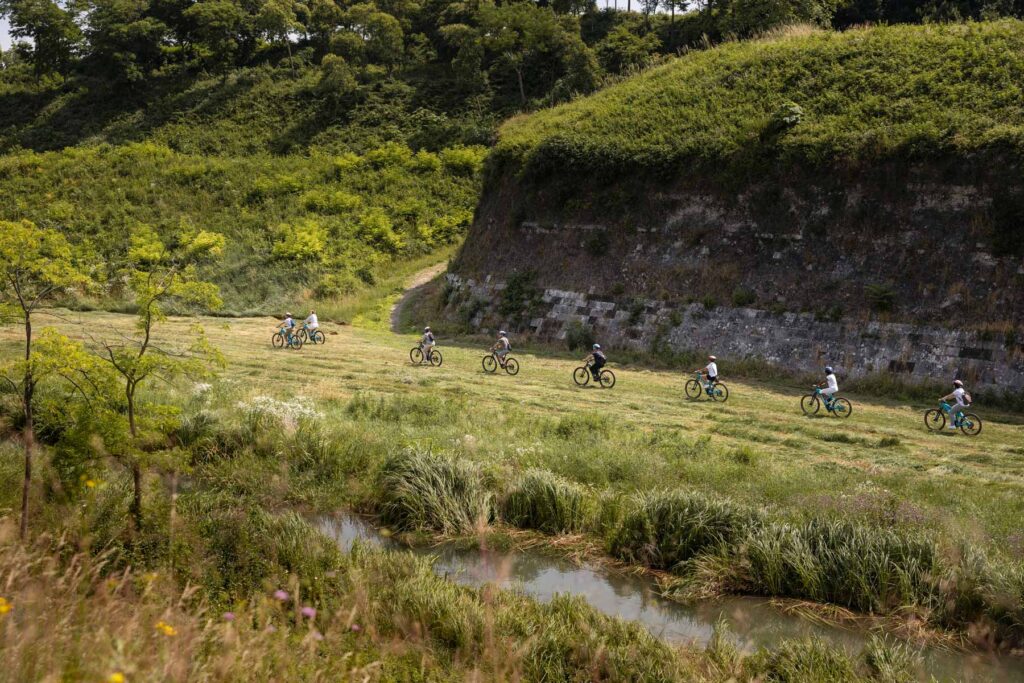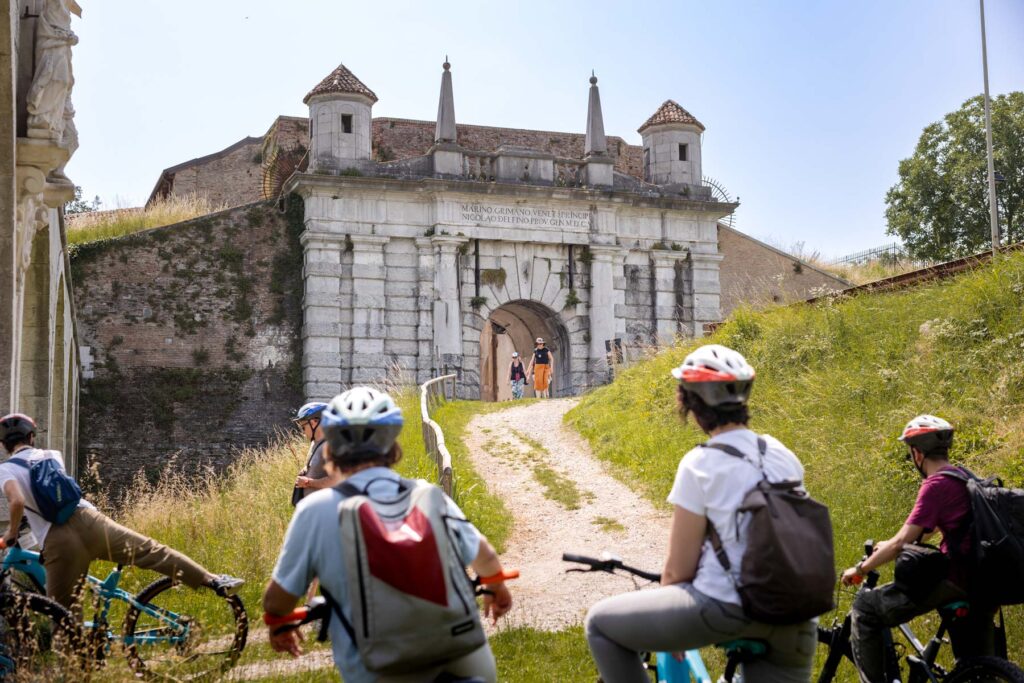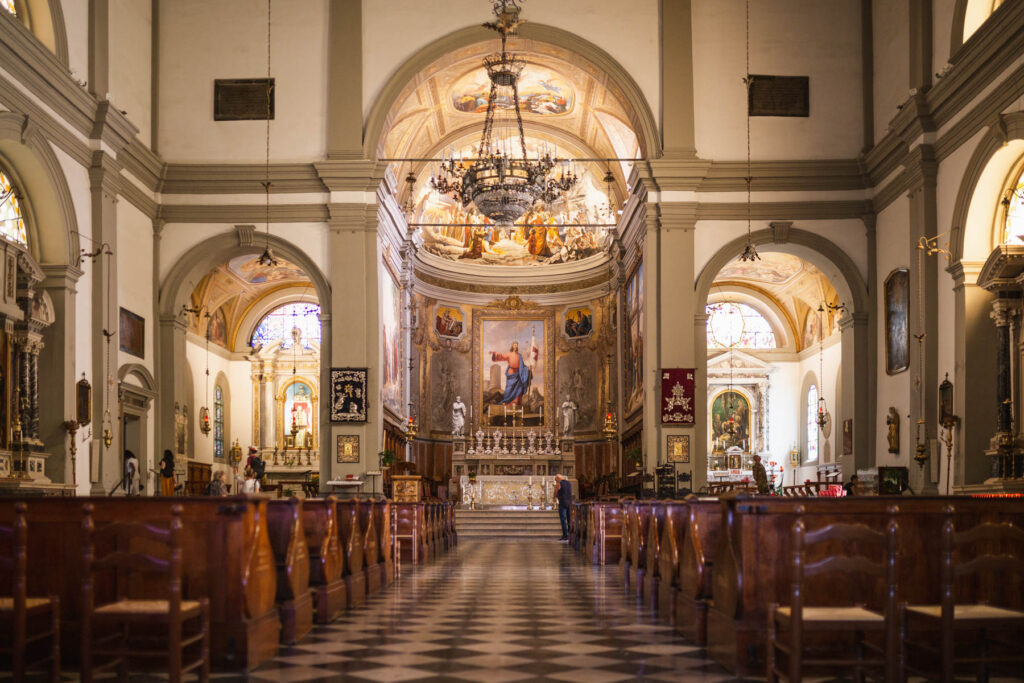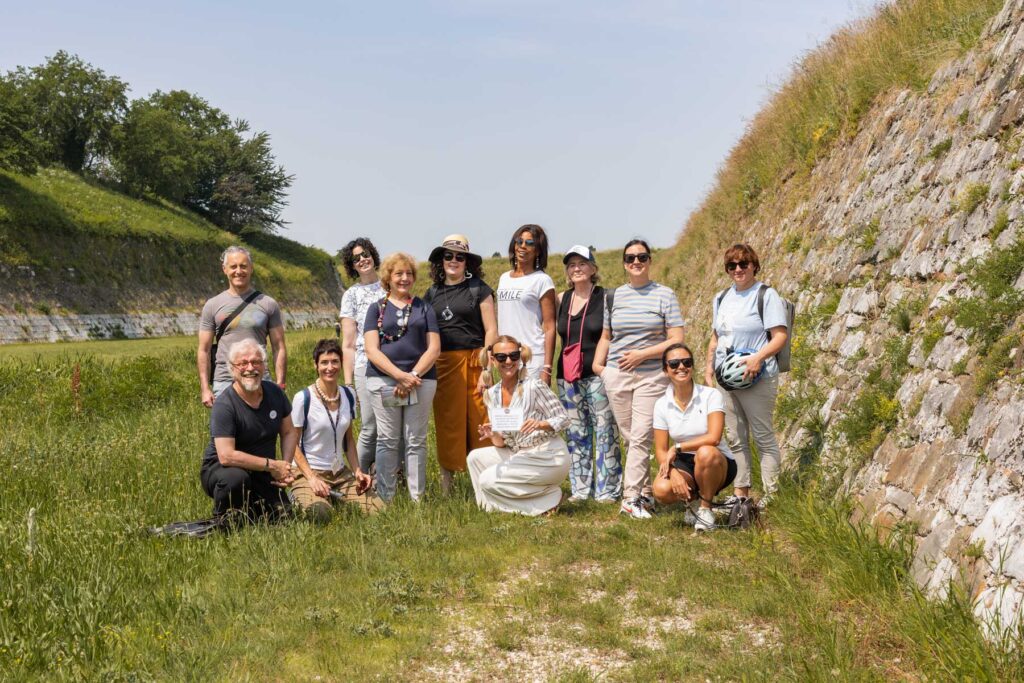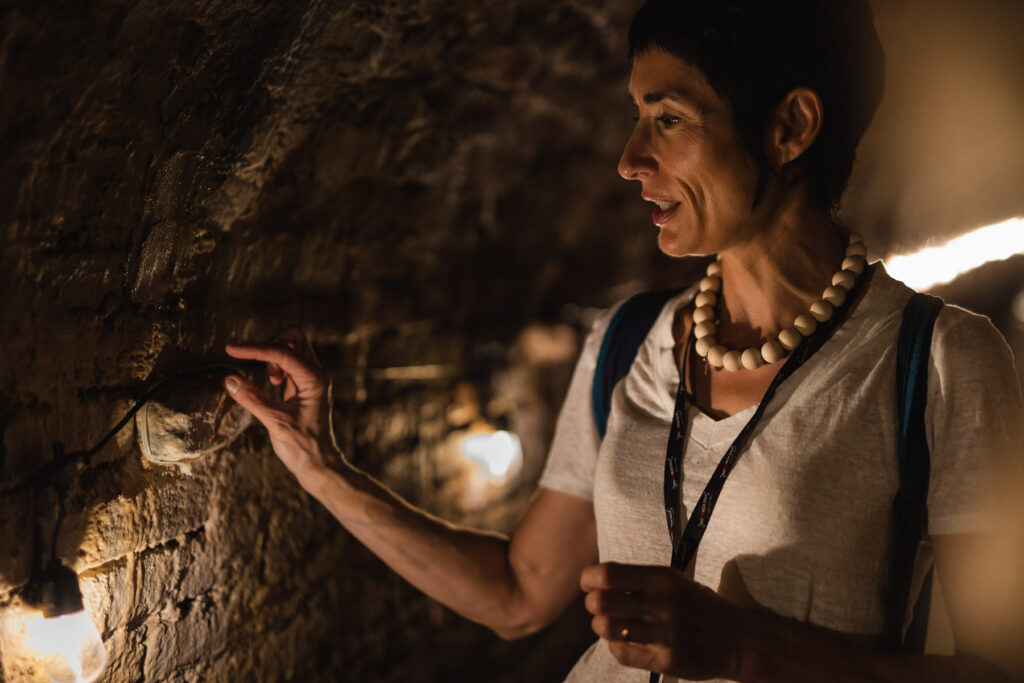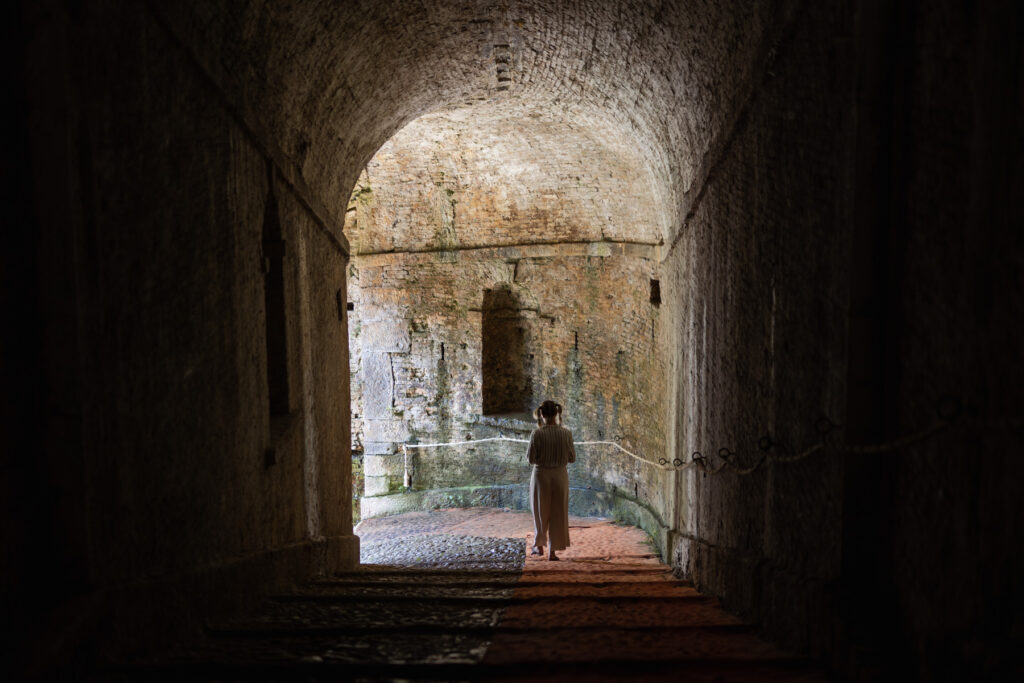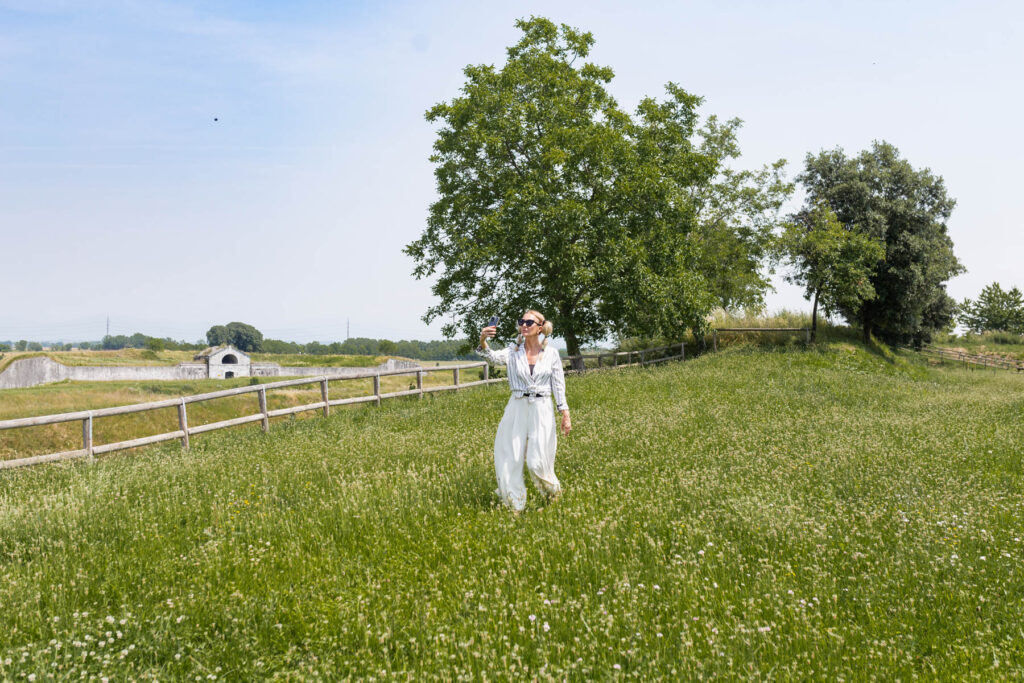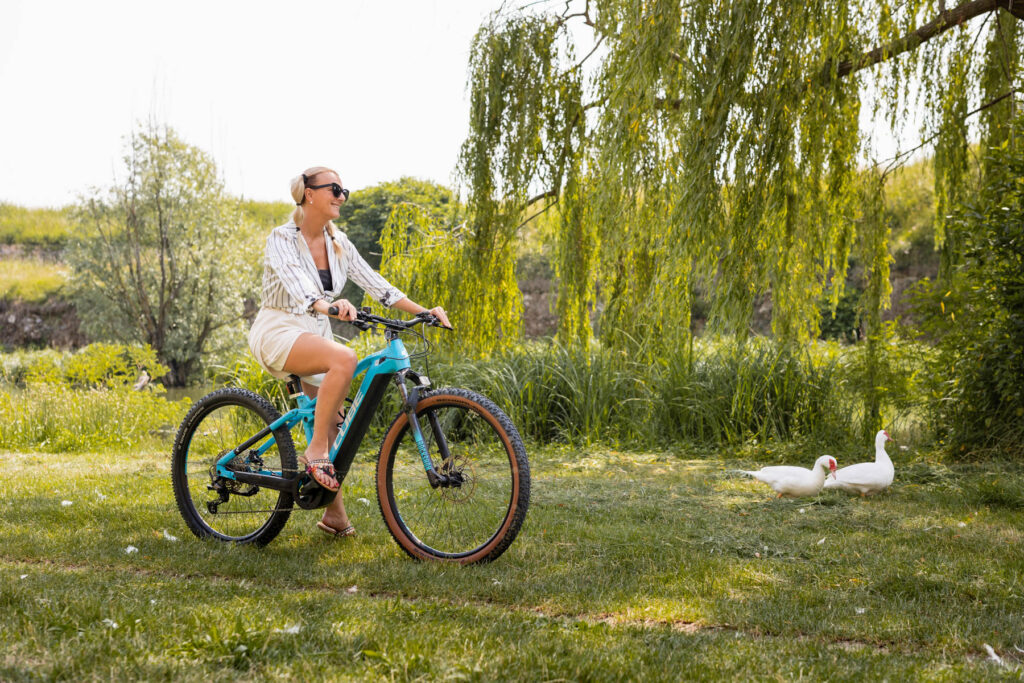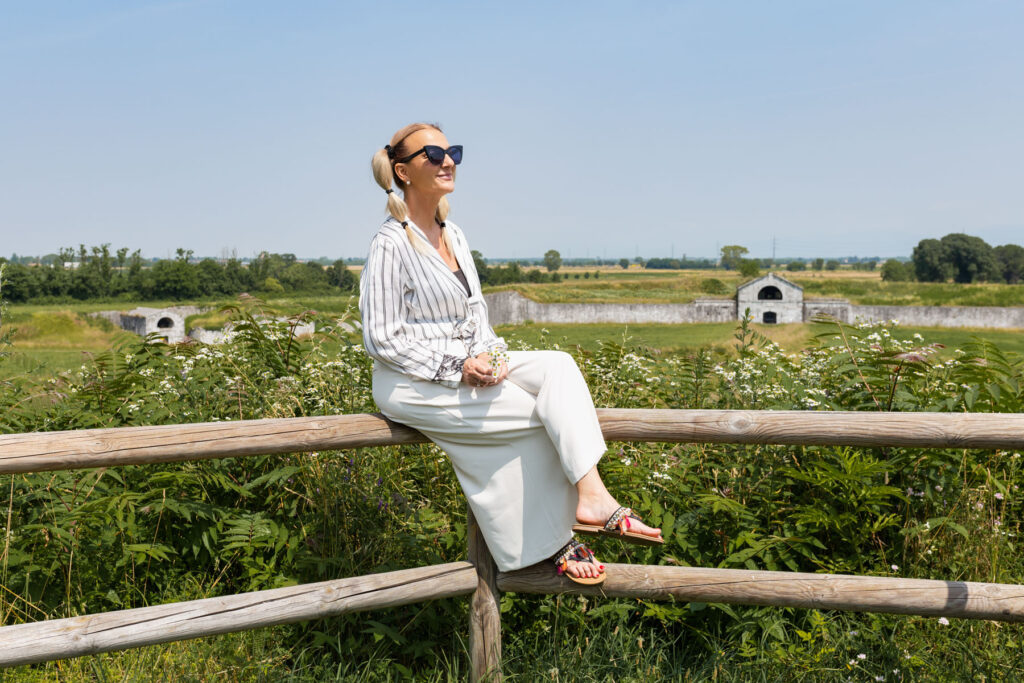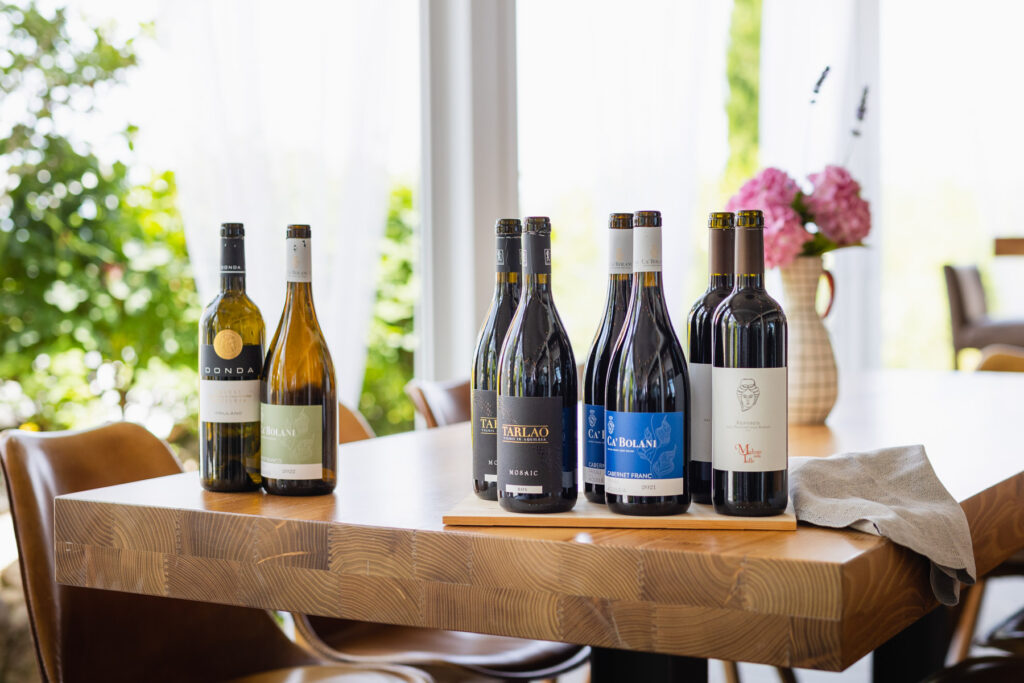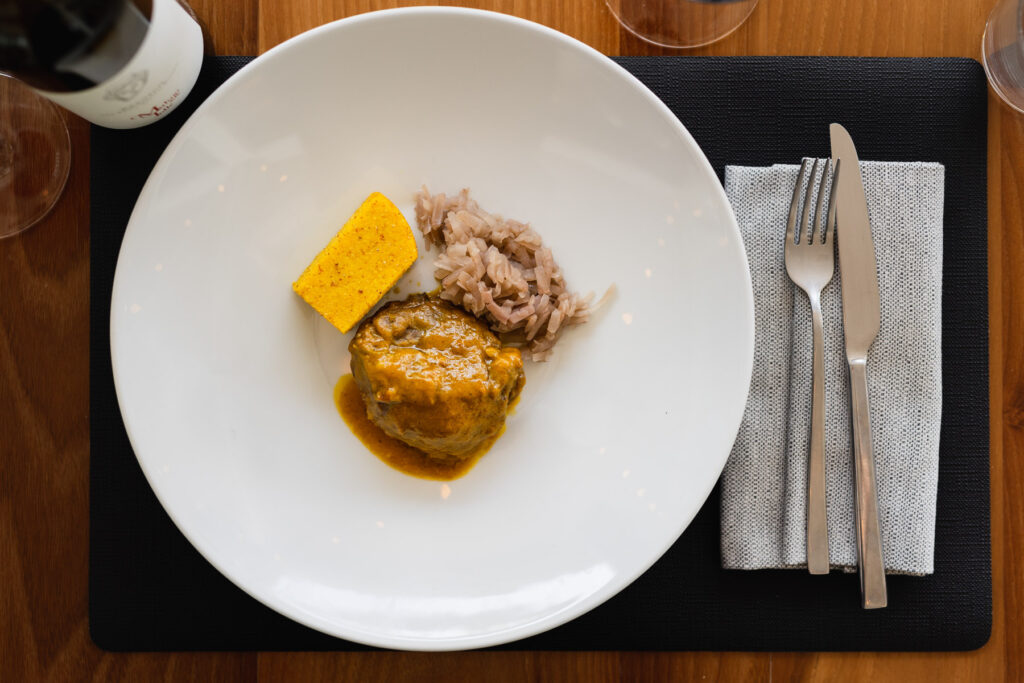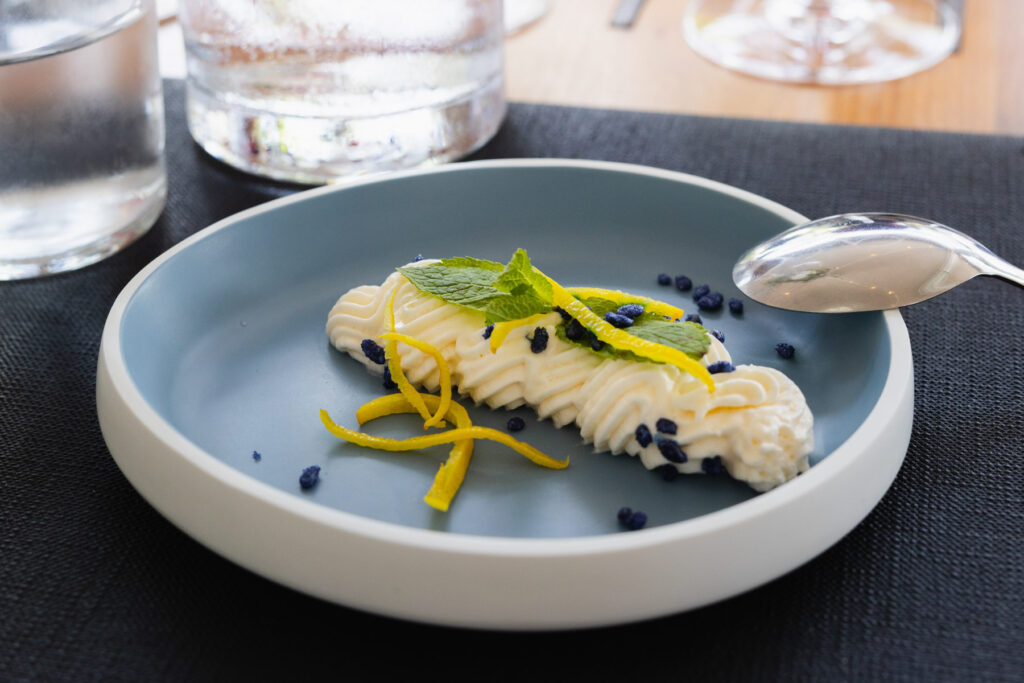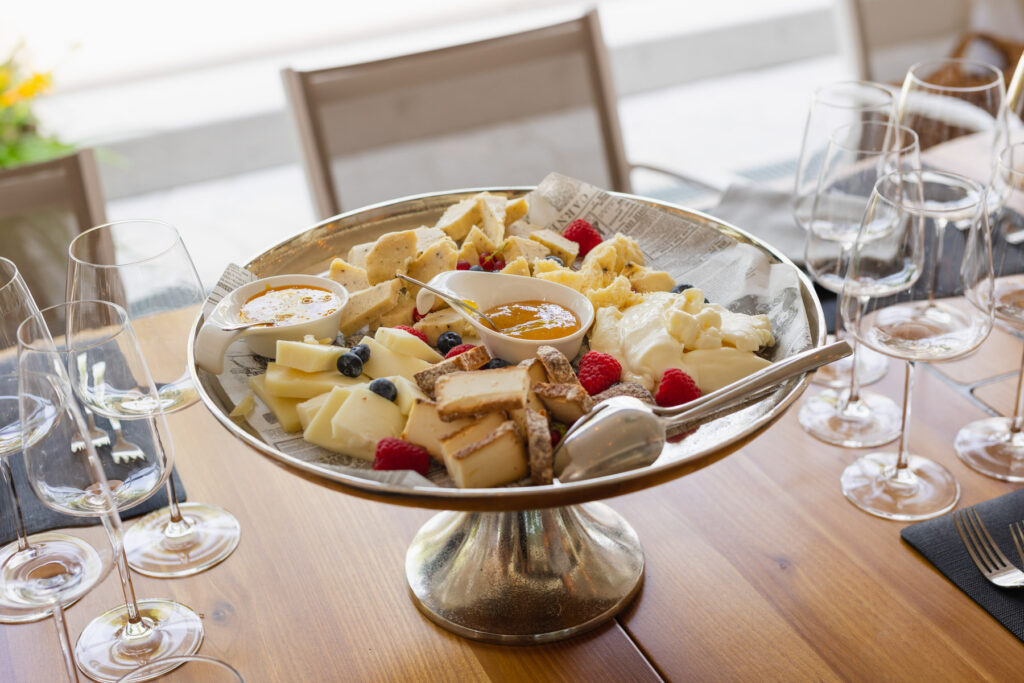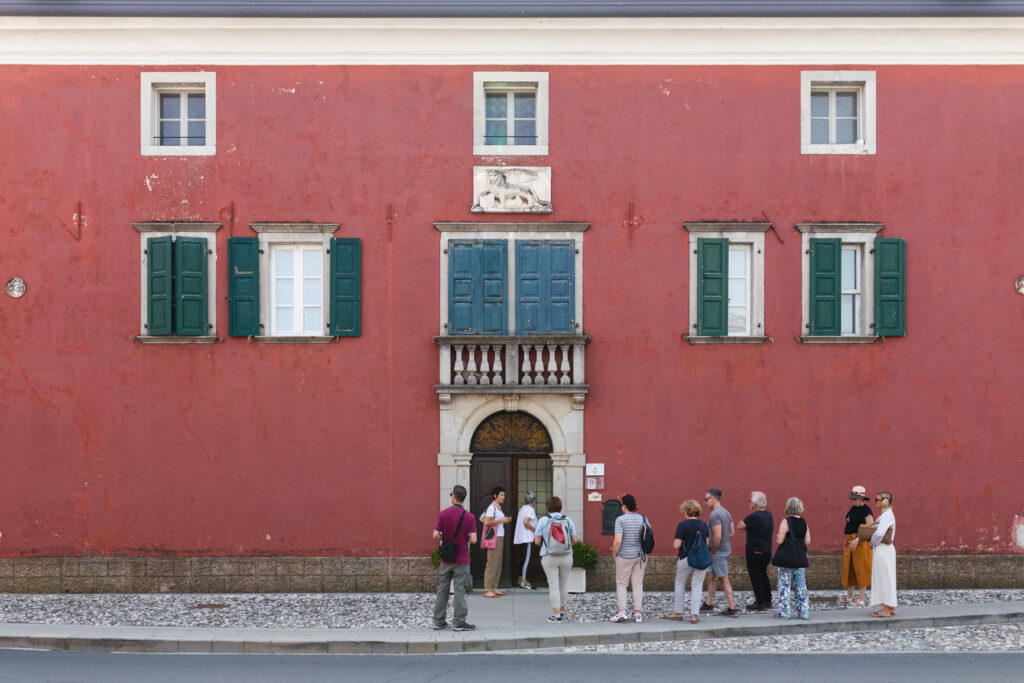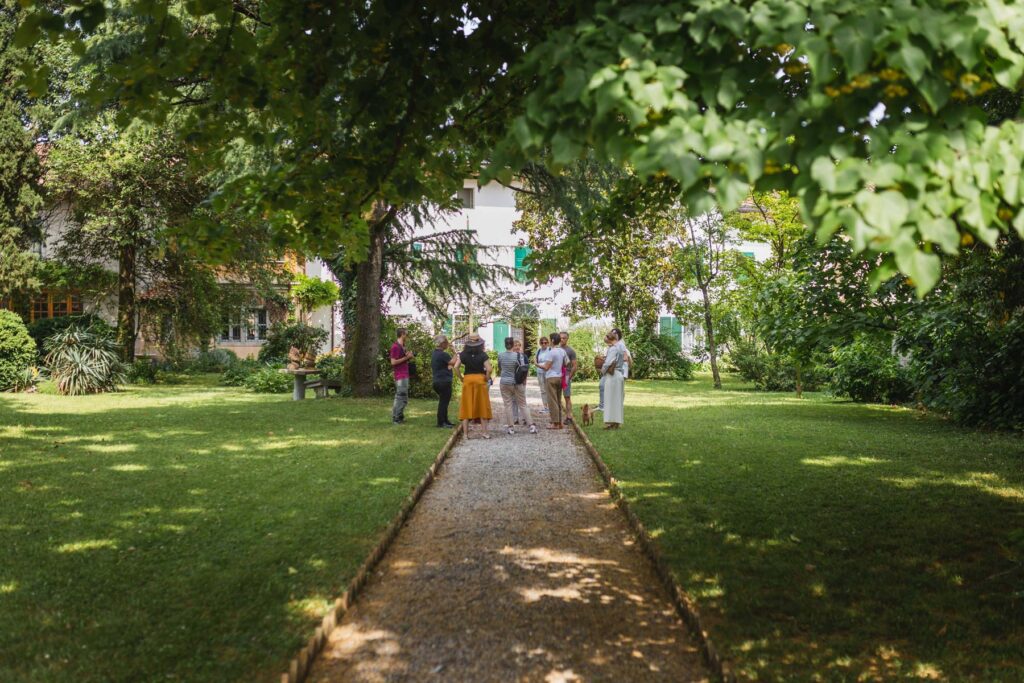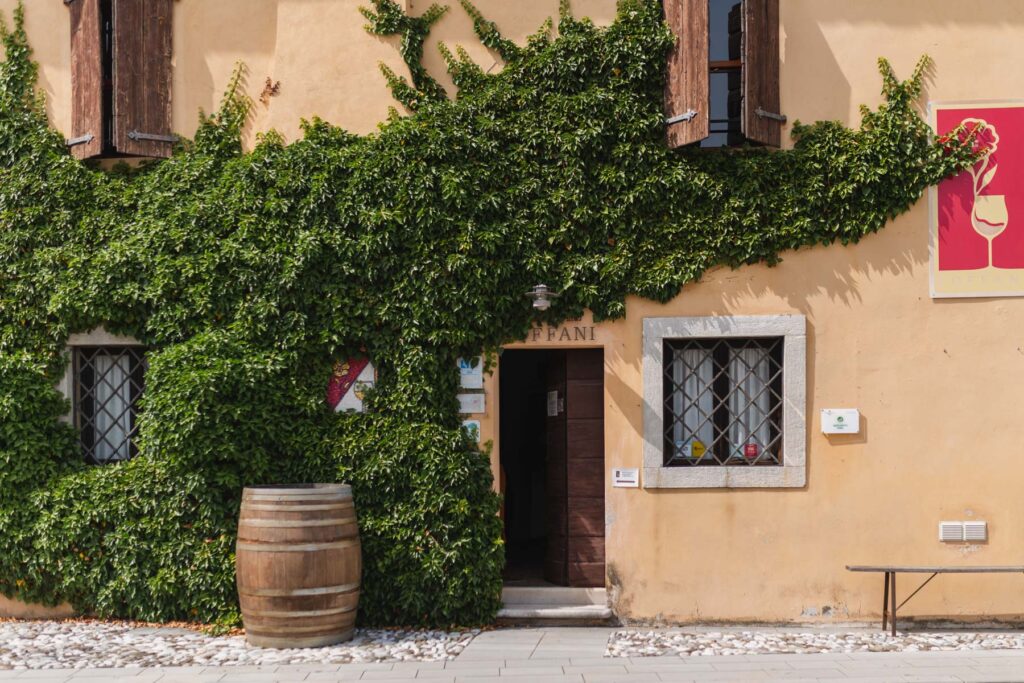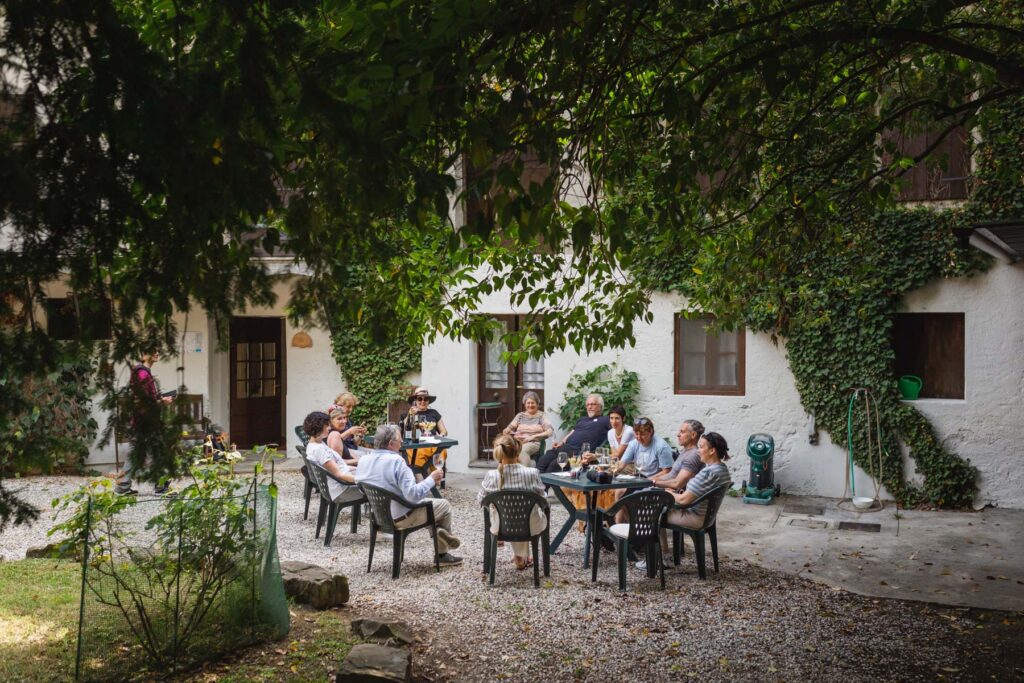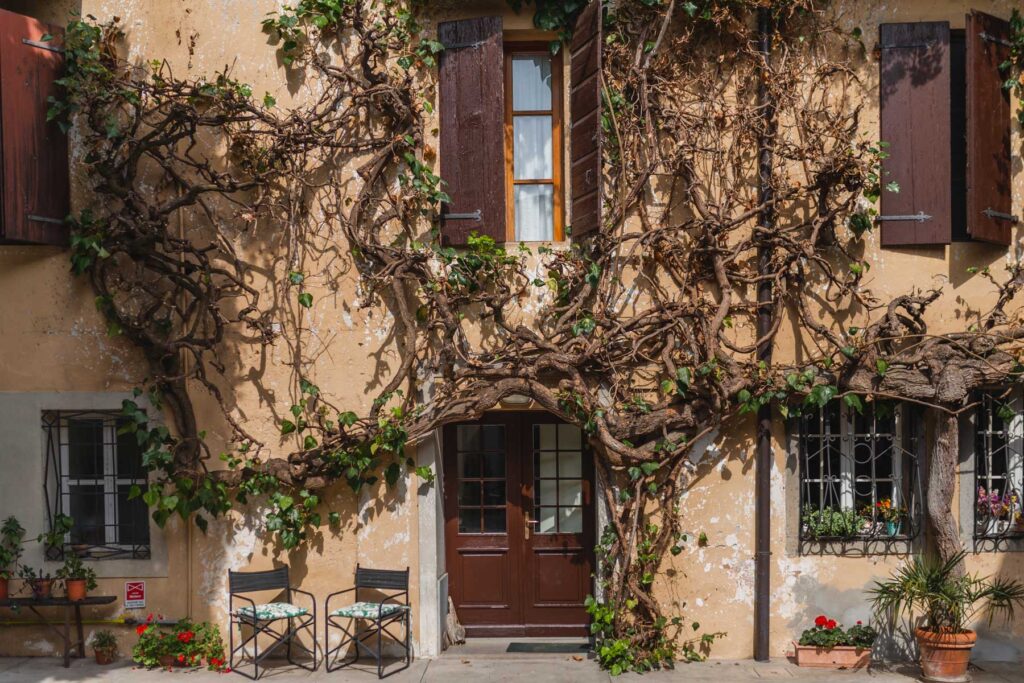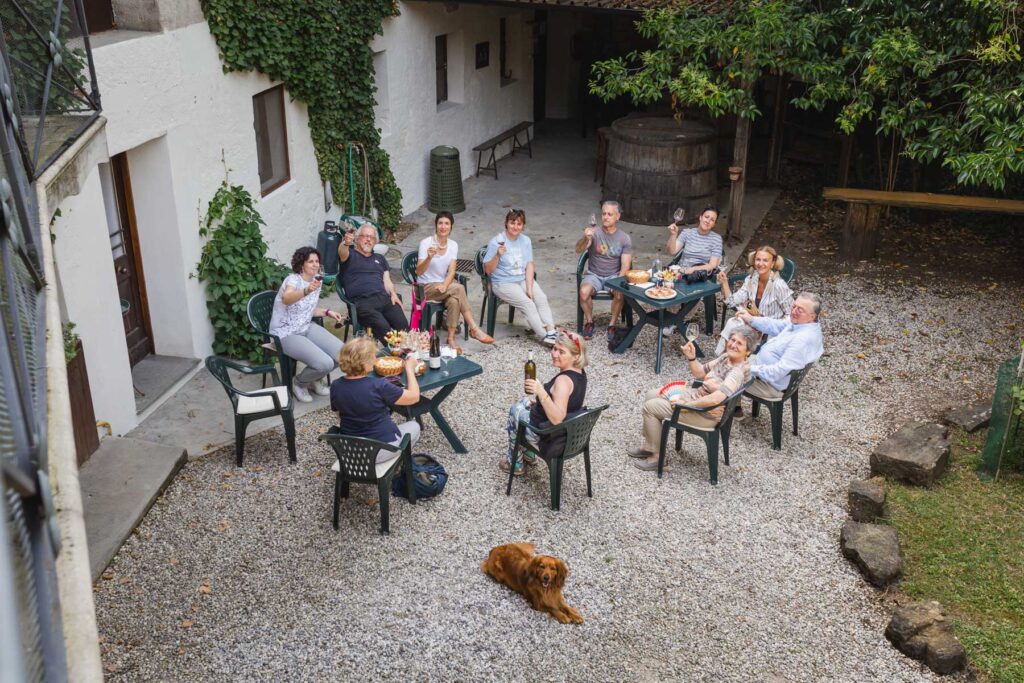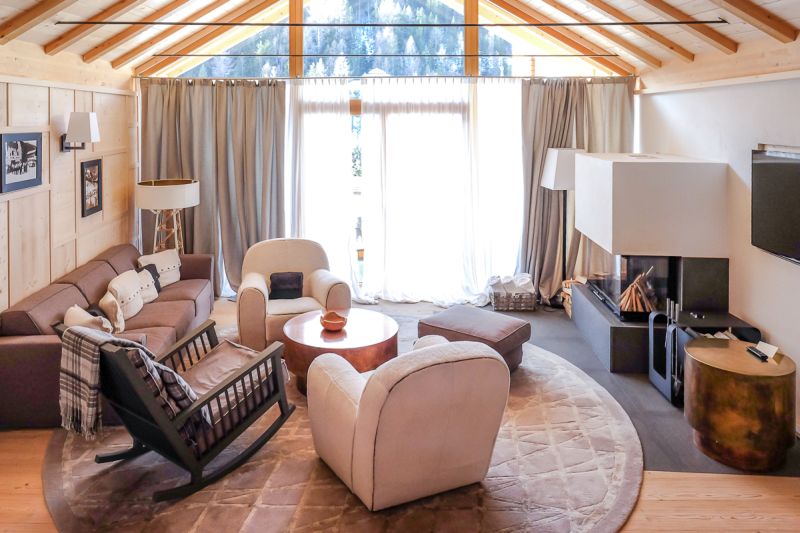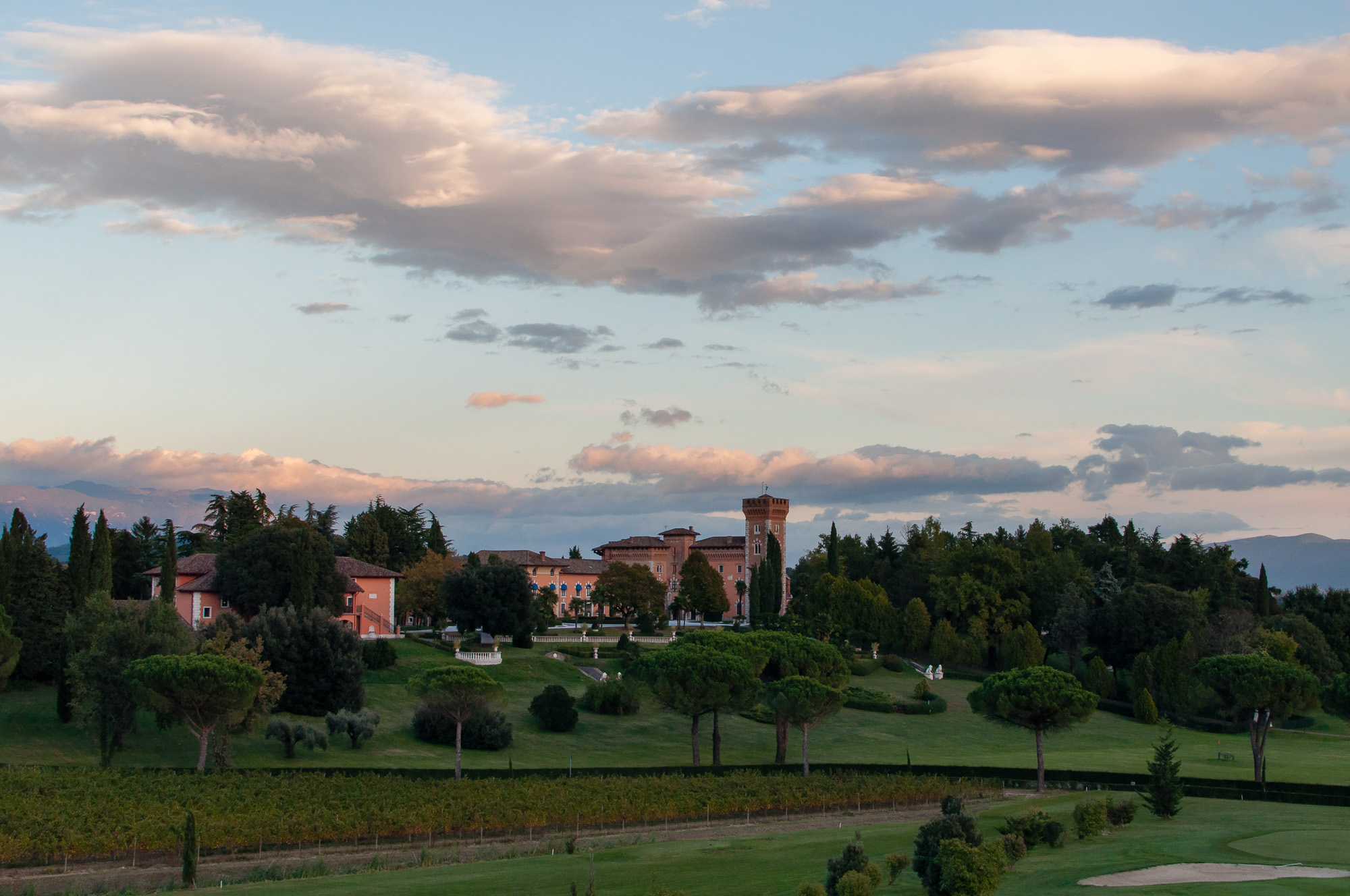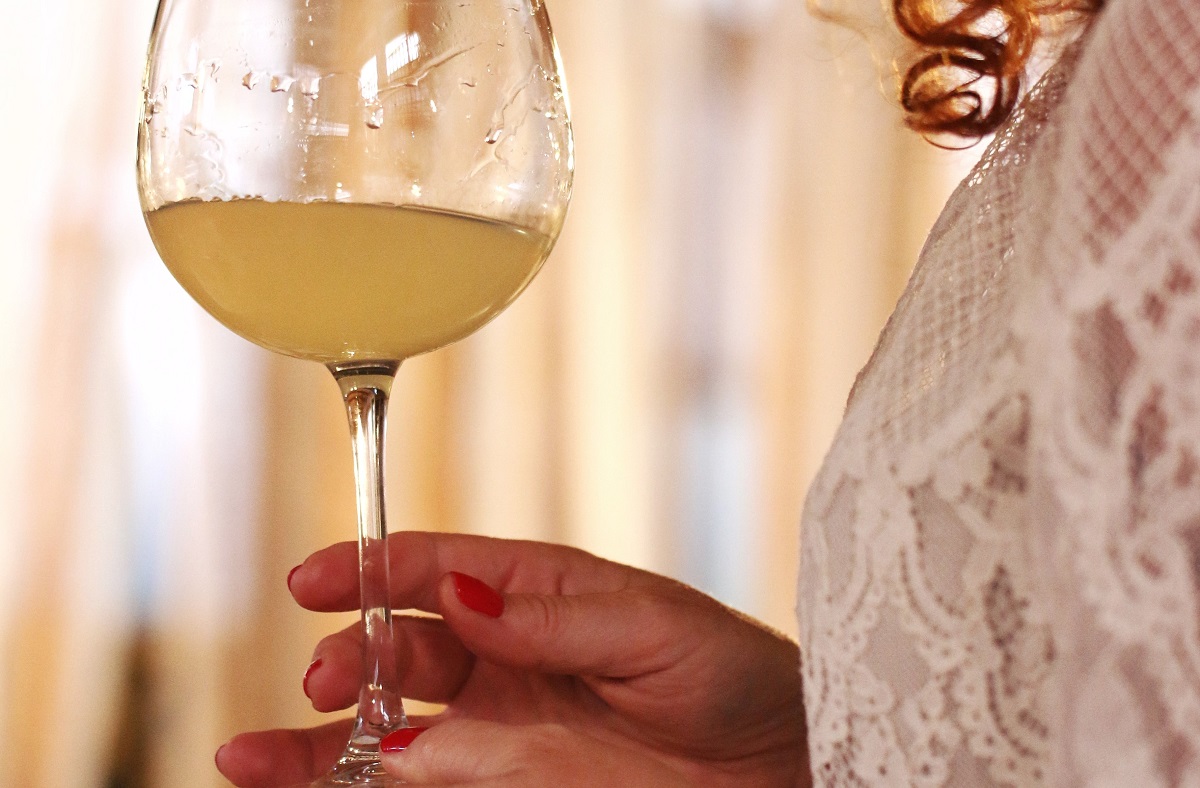For the second year in a row, I’ve been a guest of the Consorzio Tutela Vini Doc Friuli Aquileia: it was a pleasant return that confirmed the love at first sight that was born last time.
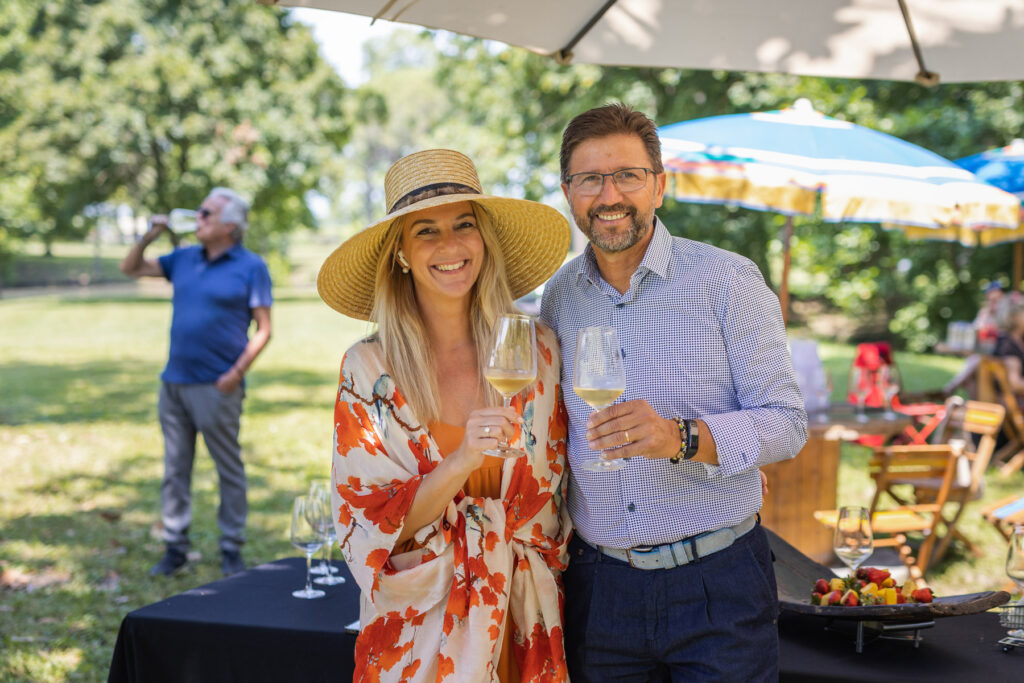
Yet, before diving into the heart of my storytelling, I would like to introduce you to the smallest DOC area in terms of cultivated land (10 x 20 kms) among the ten we have in FVG, as well as the oldest. Why, yes, the first vine shoots were planted in the Region precisely in Aquileia by the Romans, a good two thousand years ago: from there they then spread to the other areas.
The Consortium was founded in 1976, and today it counts 17 wineries, 20 members, and a vineyard area covering more or less 450 hectares. The wineries are mostly small, averaging 5 hectares each... yes, I know, right then and there the math doesn't quite add up, does it? And yet it’s correct, because you also have to consider Ca' Bolani, the largest winery of them all (which covers 350 hectares by itself and just as many outside the Aquileia DOC area). Mystery solved.
To find out which wineries are Consortium members, you only need to visit their website (here is the direct link); if you wish to better understand what you can find in your wine glass, it will be enough to understand the history and the area.
The autochthonous white wines are called Friulano and Malvasia, and they’re characterized by their strong structure and splendid sensation of freshness; the "international" whites are Pinot gris, Pinot blanc, and Chardonnay, which, on the other hand, manage to express their taste while maintaining a balance between ripe fruit and sensations of Mediterranean scrub, combined with a recognizable varietal reference.
Also, the Sauvignon, and especially the aromatic Traminer are splendid, and have been rightfully declared as key representatives of this areale (for those who don’t know, that’s the name for the geographical area that hosts a given species), thanks to the specific characteristics of the soils and the significant temperature range. There’s also the plus of the proximity to the sea. The same applies to Riesling, Müller-Thurgau and Verduzzo friulano.

Among autochthonous red wines, on the other hand, Refosco dal peduncolo rosso certainly represents a regional benchmark capable of reaching perfect ripeness thanks to favorable climatic conditions and suitable soils. The Refosco coming from the Aquileia DOC area is certainly a fine wine that has its origins in history as, probably, a direct descendant of Pucinum, the favorite wine of Empress Livia, second wife of Emperor Augustus.
Merlot, Cabernet Franc, and Cabernet Sauvignon are also international vines, but they adapted very well to the area, achieving perfect ripeness and give wines that are deep, harmonious and pleasant.
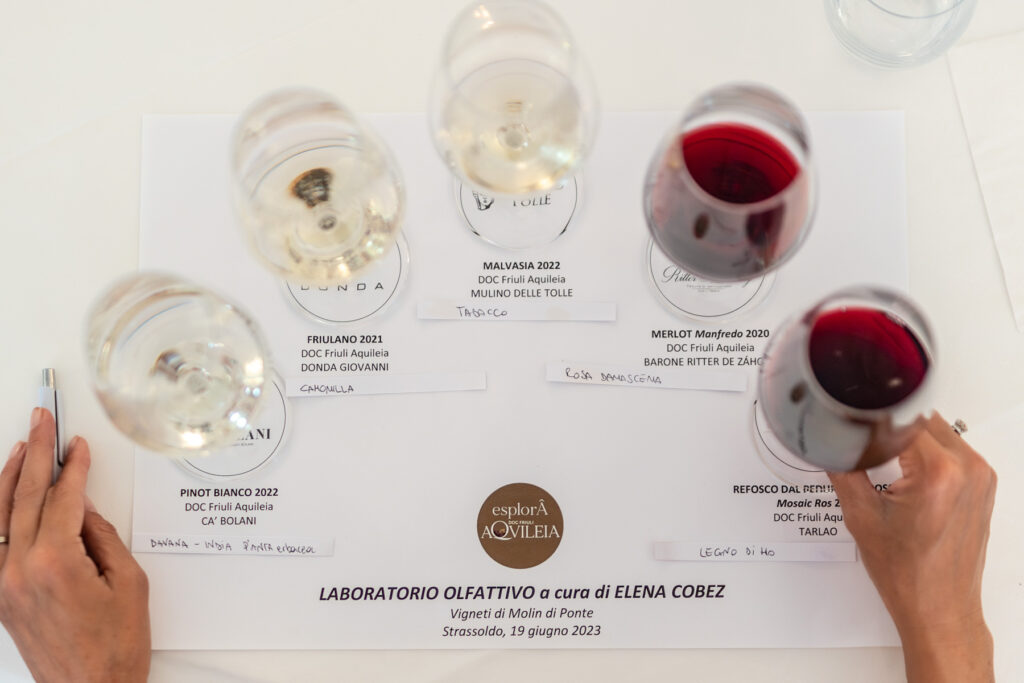
Just think that for sixty years now, a selection of the wines of the area has been created every year with the intention of underlining their best features! Here are this year's "winners":
- PINOT BIANCO - DOC Friuli Aquileia 2022 - CA' BOLANI
- FRIULANO - DOC Friuli Aquileia 2021 - BALLAMINUT LUCA
- FRIULANO - DOC Friuli Aquileia 2021 - DONDA GIOVANNI
- MALVASIA - DOC Friuli Aquileia 2022 - MULINO DELLE TOLLE SAUVIGNON - DOC Friuli Aquileia 2022 - CANTINE RIGONAT
- TRAMINER "Campo di Viola" - DOC Friuli Aquileia 2021 - VINI BROJLI
- BIANCO "Palmade" - DOC Friuli Aquileia 2022 - MULINO DELLE TOLLE
- MERLOT "Manfredo" - DOC Friuli Aquileia 2020 - BARONE RITTER DE ZÁHONY
- CABERNET SAUVIGNON - DOC Friuli Aquileia 2021 - LA CORTA
- CABERNET FRANC - DOC Friuli Aquileia 2021 - CA' BOLANI
- REFOSCO DAL PEDUNCOLO ROSSO - DOC Friuli Aquileia 2021 - VINI PUNTIN
- REFOSCO DAL PEDUNCOLO ROSSO - DOC Friuli Aquileia 2019 - MULINO DELLE TOLLE
- REFOSCO DAL PEDUNCOLO ROSSO "Mosaic Ros" - DOC Friuli Aquileia 2019 - TARLAO
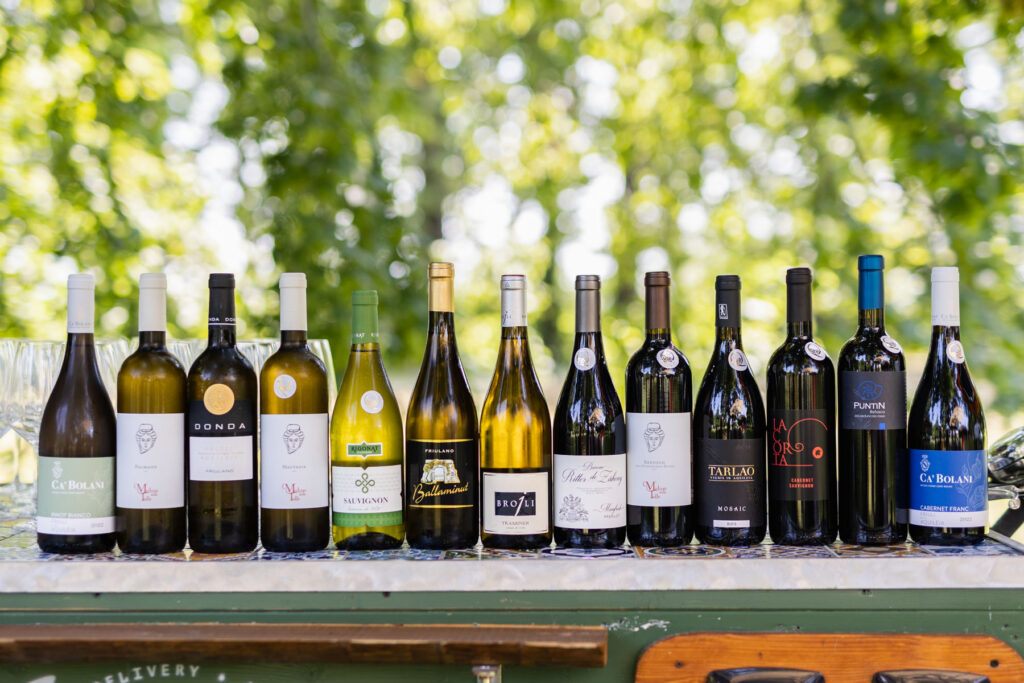
This year’s news is the downloadable map you can find here, so you can orientate better to find all 17 DOC wineries and corresponding municipalities, bike paths, and a "Wine Trail."
The Consortium’s idea, which has my full support, by the way, is to give more importance to the wineries and the surrounding area: they don’t care about just wine!
I was taken to discover some of these wonderful places over a couple of days, together with a group of national journalists: firstly, we were presented the selected wines by the president of the Consortium, then, among other things, we went on an excursion among the vineyards of the Ca' Bolani estate and its nine hundred and ninety-nine cypresses.
The enchanting city of Grado is just a stone's throw away with its lagoon: here, aboard a cab boat, we headed out to admire the sunset while sipping a saline white, which we enjoyed with a sublime fish grill served by the restaurant "Ai Fiuri de Tapo."
We digested our dinner walking on the streets of Aquileia together with a special guide who, very evocatively, took us back to the ancient splendor of this marvelous place.
We continued with an electric bicycle tour along the walls of Palmanova, which was completed with a refreshing stop in the recently discovered underground tunnels of Baluardo Donato inside the Fortress.
We visited the medieval village of Clauiano, one of the most Beautiful in Italy, of which we have written trace that dates back to 1013: here, we stopped for lunch at "La Corte dei Vizi," a charming restaurant with a swimming pool where we continued tasting the wines from the Aquileia Consortium's Selection.
In short, I spent two days between wine and culture, to assimilate every last drop of this wonderful little area 🙂 But you’re probably wondering: “did you wander around without ever sleeping?”
Well, no. I stayed at the Mulino delle Tolle! I absolutely had to mention this lovely agritourism, which, of course, also hosts within it one of the Consortium wineries of the Aquileia DOC area!
What now, you ask? Download the map and draw your own personal itinerary: it’s perfect by bike, but the car will come in handy to fill up on supplies because - I'm sure - you won't be able to pass up taking a few bottles with you.
Cheers!
Ph. Michele Grimaz
"Attività realizzata con il contributo del MASAF, ai sensi del decreto direttoriale n. 553922 del 28 ottobre 2022"



